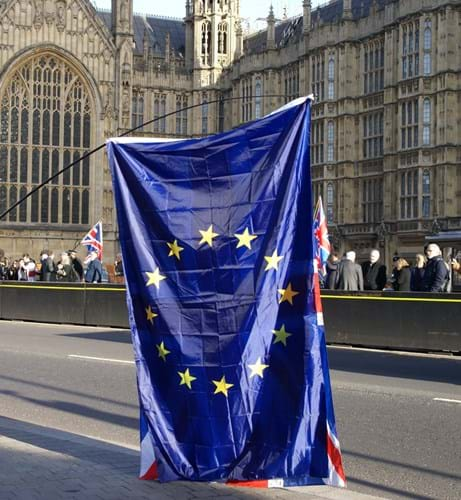
On January 28, the EC published draft measures designed to control the sale of elephant ivory within member states. Trade within the EU of ivory ‘worked’ prior to 1947 plus musical instruments made prior to 1975 will be permitted (with added paperwork and certificates required) but the sale of such items into and out of the EU will be banned.
BADA secretary general Mark Dodgson said: “The recommendation to prevent the commercial export and import of most antiques containing ivory is both hugely damaging and disproportionate.”
BADA and international trade association CINOA will be making submissions to the EC and Dodgson urged any person that trades with the EU to encourage contacts and clients to respond to the public feedback opportunity.
The draft law is subject to public consultation until February 25 and can be found online.
The proposals in Europe follow the passing of the Ivory Act 2018 in the UK that is expected to come into force later this year.
Tim Maxwell, partner and art law specialist at law firm Charles Russell Speechlys, said it is this act that will probably have significantly more impact on most UK dealers, auctioneers and collectors.
“In short, with its very narrow exemptions the UK ban will be more stringent than that proposed by the EU,” he said.
Maxwell added that once the UK law comes into effect it will prevent the export of most ivory from the UK to EU regardless of what form the new EU regulation takes when it comes into force.
Some of the EU proposals are long overdue. It is currently still possible to sell raw elephant tusks in some member states – something the new laws should end.
The overarching intent of the proposals is for a system that allows for intra-EU commercial trade in pre-1947 worked ivory and pre-1975 musical instruments, similar to that which has operated in the UK for decades.
However, as the exemptions proposed by the UK and EU regimes do not directly overlap, this will be an issue for anyone from outside the EU looking to sell or buy in Europe. “For instance,” said Maxwell, “objects exempt for UK purposes – such as pre-1918 items of outstanding artistic, cultural or historic significance or portrait miniatures – would not be permitted to enter the EU for commercial purposes under the guidelines.”
‘Onerous burden’
Maxwell concluded that although there are some differences, the “increasingly onerous administrative and evidential burdens placed on owners and dealers are similar across both regimes”.
In the UK, The Department for Environment, Food and Rural Affairs (Defra) said in a statement to ATG that “the Government is committed to bringing the ivory ban into force as soon as practicable and we plan to consult on implementation shortly”.
Trade associations will be submitting feedback to ensure Defra’s procedures for complying with the act are workable and realistic.
The Government is believed to be building a database for the items that are exempt under the act and will require registration (notably items comprised of less than 10% ivory by volume made prior to 1947, pre-1918 portrait miniatures and pre-1975 musical instruments comprised of less than 20% ivory).
A system of applying for exemption certificates for items of outstanding artistic, cultural or historic significance also needs to be put in place.
Dodgson added: “There will be many objects in circulation that comprise less than 10% ivory, so it’s also really important that government gives dealers and auctioneers enough time to register these exempted items on the database, well in advance of the law coming into force.”














